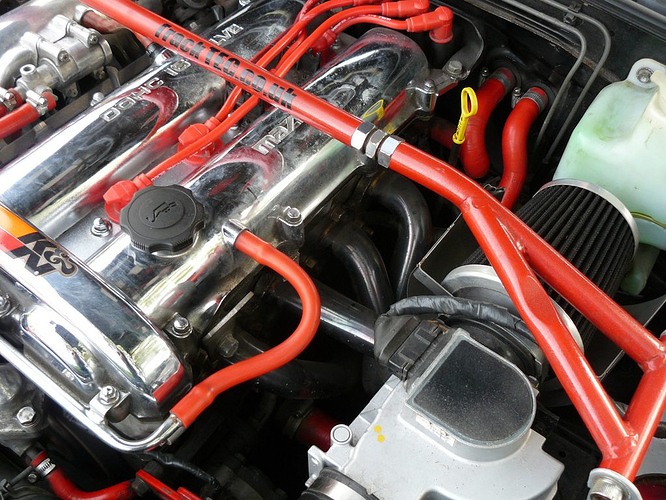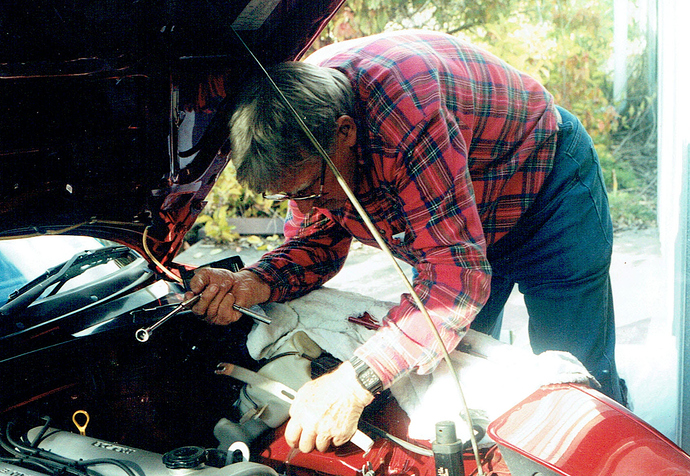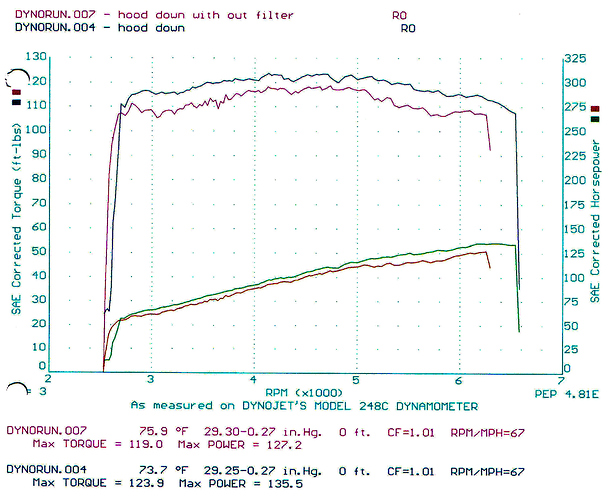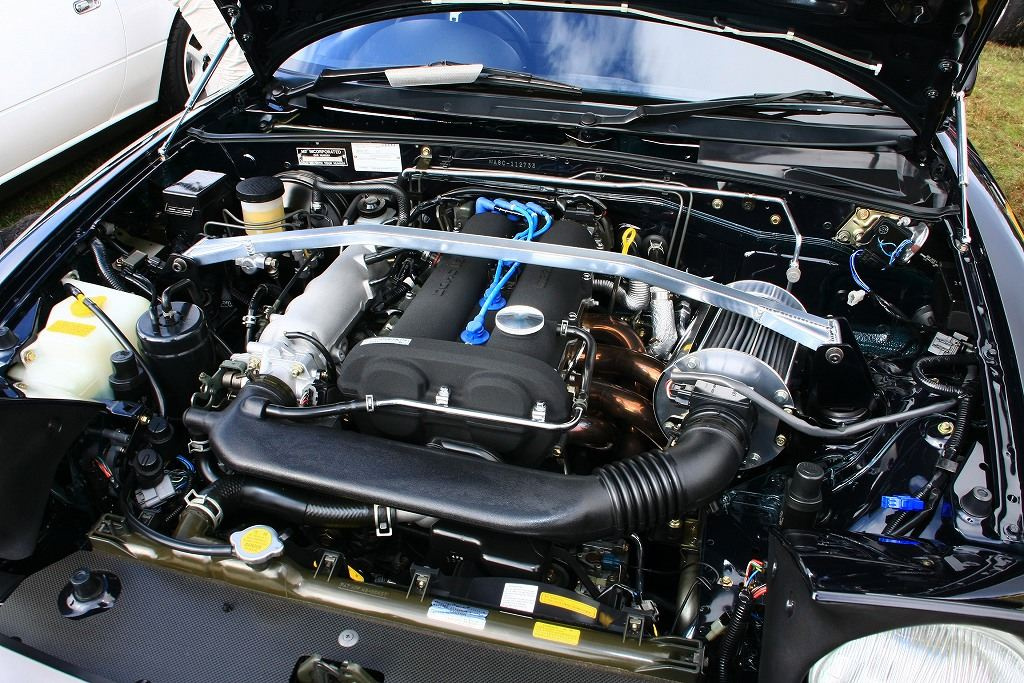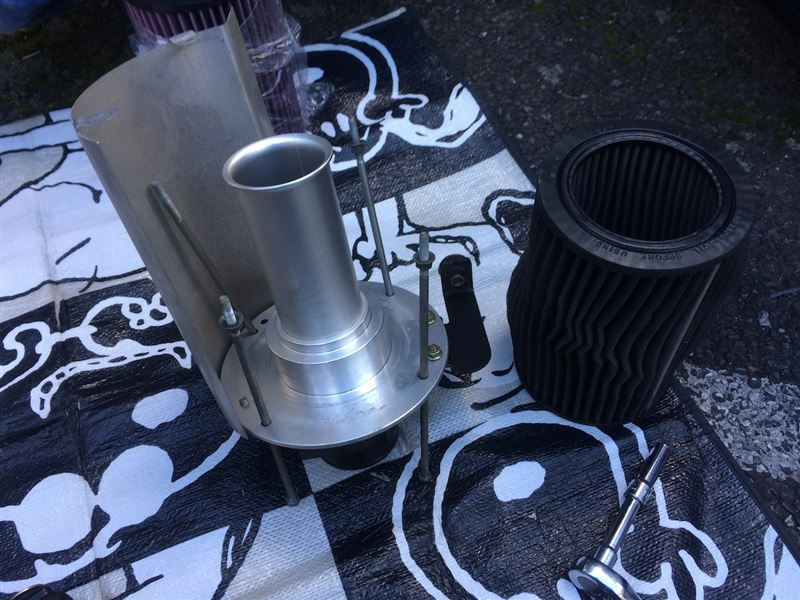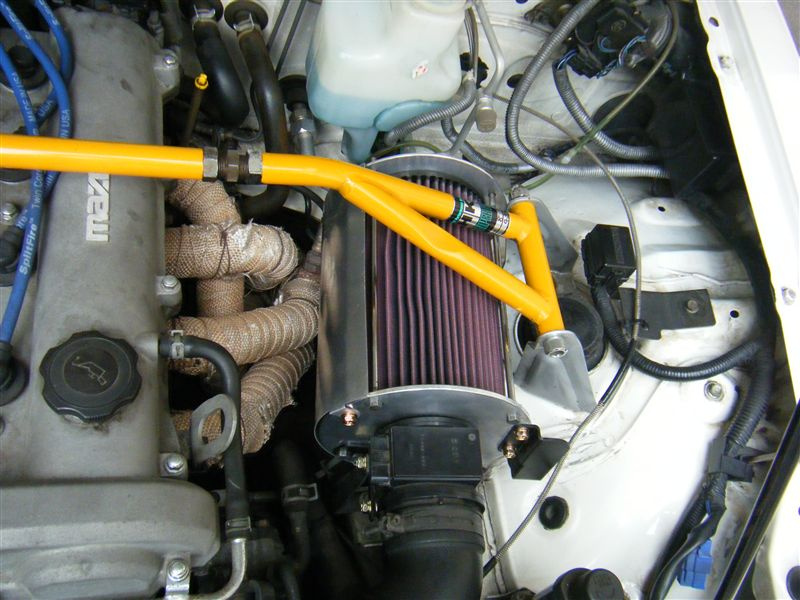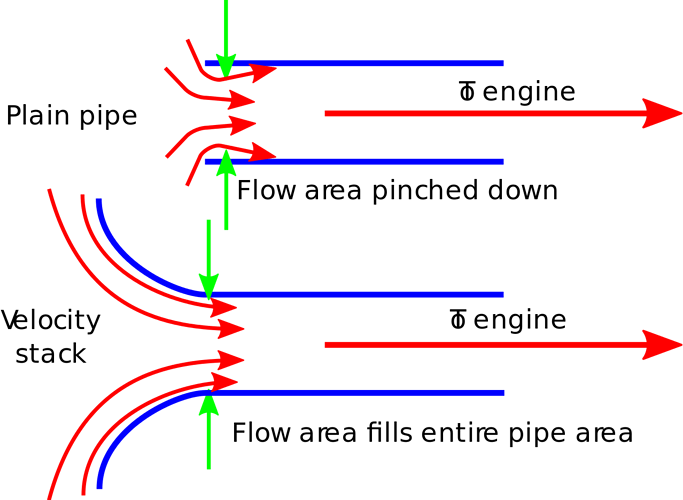Looking at putting a induction kit on my car to get more air in, seen piper cross and k&n around the £100 mark , anyone got any suggestions or advice before I make a purchase? Thank In advance
Stick with a panel filter. Induction kits are usually just tat that make more noise and that’s all. And from experience, the don’t make the car any quicker.
£50 filter and Heat Shield from Fast Eddy
This though is probably the best intake for the 1.6, the rather expensive Autoexe cowl intake

Hi Jay-Jay
These are very popular but the perception of power increase because of the induction roar is illusory. Nothing wrong with that of course and applies to a lot of mods made to the MX5.
Be aware that oil infused filters, particularly where placed in close proximity to the MAF sensor can cause issue where oil vapour interferes and damages the MAF. This is particularly evident on the hot wire MAF fitted to all MK1 - MK2.5 cars with the exception of the MK1/Eunos 1.6 where a vane airflow meter is fitted. Having explained that there have been members who have had issue with the vane airflow meter and coincidentally they have oil infused air filters. I suggest that some distance between the oil infused filter and airflow meter or MAF is not a bad idea if you go this route.
Thank you for the information appreciated 
Since the car was launched, people have been upgrading the restrictive intake. The first modification was that people fitted a air flow meter off a FC RX7; its a bit bigger. Mazda got 160hp and CARB legal out of a 1.6 with a hot intake came, and plumbing in the hot wire MAS from a Mazda MPV.
The intake consists of a number of bent pieces of tubing, and these have different functions. They are all Helmholtz chambers. Those near the throttle body are intended to provide that slug or charge of air ensuring smooth acceleration. You can actually get a really nice improvement in drivablity on the 1.6 fitting an alloy ARC crossover pipe; this triples that charge of air. Nice on the 1.6, the 1.8 version is of less benefit.
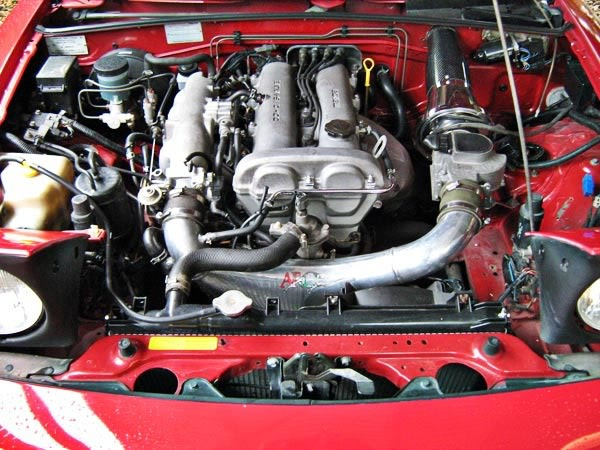
This particular Aussie car has a cowel intake; the late Loch Stewart had came up with the idea of exploiting the high pressure at the base of the windscreen, to get an efficient intake, yielding more power. The LHD version is often called the Randall intake. This Aussie car has a commercial copy.
The original early 2000s Loch Stewart intake:
Dyno:
This is at the wheels, supercharged car.
The other tubing is before the filter housing. These are intended to quieten down the intake, and are quite restrictive. An early mod was to ditch this tubing, and drill a whole bunch of holes (swiss cheese like) into the dirty air side of the intake box.
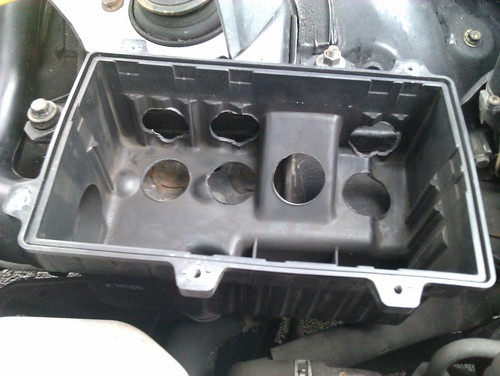
And if a cone flter is good enough for Mazda (m2-1001 and M2-1028), its good enough for me. Someday (probably never), I want to build myself a replica of the M2-1028 factory intake.
The oil fogging of MAF is a controversial and unresolved subject. K&N denies it happens, based on examination of hundreds of customers’ own MAFs. It should be noted lots of manufacturers, such as Ford, routinely fit oiled filters to factory performance models.
HKS filters use a polymeric coating, but their filters are not washable.
Racing Beat reproduced a magazine intake test, and discussed what they discovered about the heat insulating properties of the MX5 airbox; probably why MX5 race cars ditch the airbox for a simple oiled filter. On a hot car, you start to lose power. All of the shootout intakes had much less air temperature variation, hence more reliable power.
Thank you for all the info 
What make is the Intake In last 3 pictures ?
An intake developed by Mazda’s own M2-Incorporated, for their M2-1028 special edition. The obvious key part is the extended ram pipe (velocity stack, trumpet). This is important for improving air flow. I wonder if anyone has tried fitting one inside an airbox.
Its probably of less benefit with a flapper AFM (1.6) in the way, but the hot wire air flow sensor is a pretty clean path.
Nissan fitted velocity stacks to the standard airbox on the 350z-type vehicles.
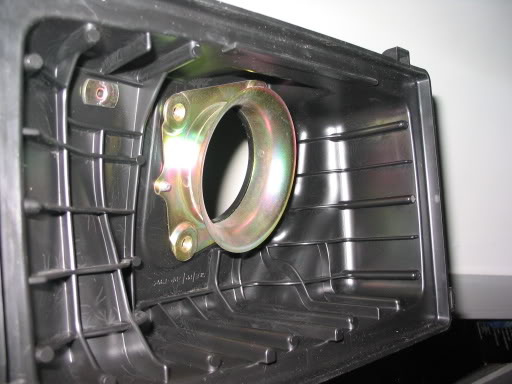
And is the heart of the Mugen airbox made for some Hondas
Most of the cone filters out there basically just clamp onto a circular opening. I think some have an integral velocity pipe, and I guess is why these ones cost more.
A drilled airbox + decent filer + velocity tube might well be very interesting.
Where performance filters, whether oiled cotton or foam, score over a paper filter is that during service life, the performance of the paper filter gets worse (it blocks up), but the performance filter does not.
Ah, I never knew those flared bell-mouths were called velocity stacks. Nice pictures too.
Excellent, that’s my something new learnt, my one a day fulfilled.
I’ve been choosing to use them since my motorcycling days.
Most recently they’ve helped quieten down the air circulation ports on my domestic air circulation/ventilation system; a smooth laminar flow is quieter than a sharp edge with turbulence.
It’s also why loudspeaker bass ports are similarly shaped, to reduce distortion and remove pumping noise.
surely the panel filter has more surface area to flow air through than a cone.
I have fitted a Pipercross panel and Swiss cheesed the dirty half of the airbox
Sounds great and feels more eager but that is entirely subjective
